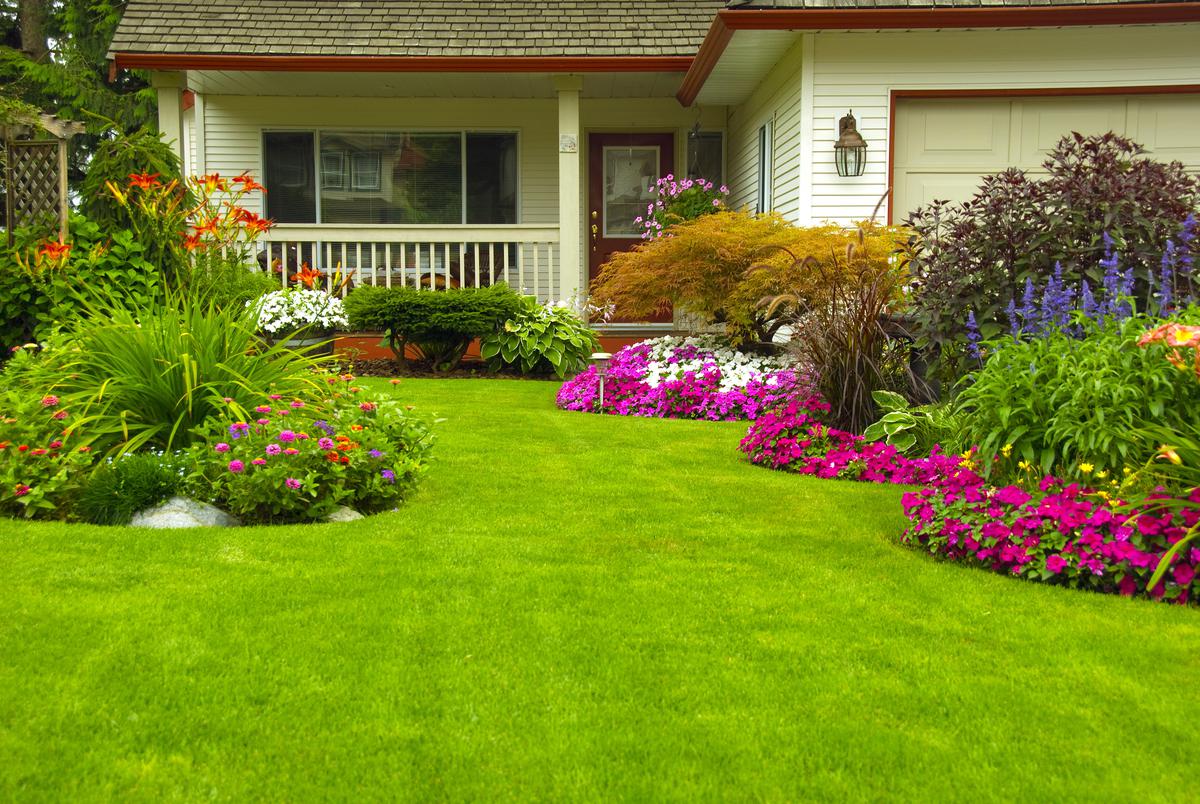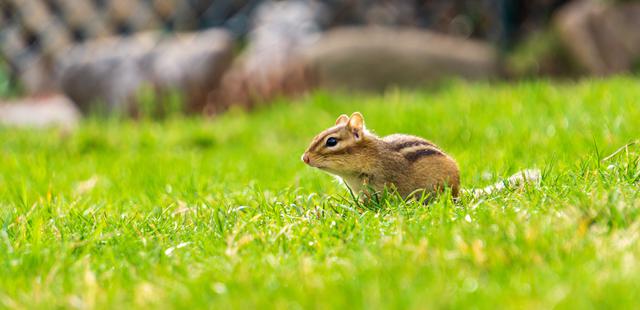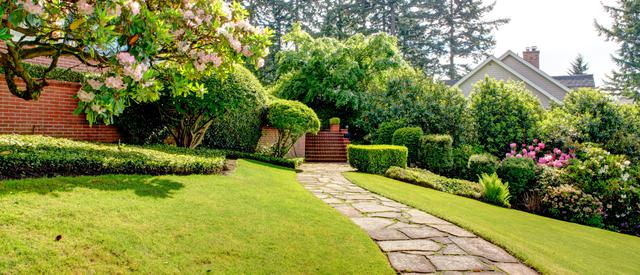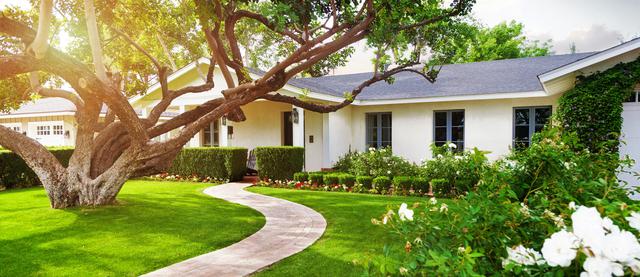Keeping your lawn healthy and lush requires more than just regular mowing and watering. Thatch buildup, a layer of dead grass, roots, and debris that accumulates on the surface of your lawn, can prevent water and nutrients from reaching the roots and inhibit healthy growth. Dethatching your lawn is a crucial step in maintaining a healthy lawn, but before you start, here are three things you should consider.
Timing
Timing is crucial when it comes to dethatching your lawn. Dethatching in the wrong season can do more harm than good. In general, the best time to dethatch cool-season grasses like Kentucky bluegrass and fescue is early spring or early fall, while warm-season grasses like Bermuda and zoysia are best dethatched in late spring or early summer when they are actively growing.
Dethatching when your lawn is dormant or stressed from heat or drought can weaken the grass and make it more susceptible to diseases and pests. If you're not sure when to dethatch, consult a lawn care professional or a local cooperative extension service for advice.
Equipment
Dethatching your lawn requires specialized equipment, namely a dethatching rake, a power dethatcher, or a vertical mower. A dethatching rake is a handheld rake with bent, stiff tines that rake out the thatch by hand. A power dethatcher or a vertical mower, on the other hand, uses rotating blades or tines to remove the thatch more efficiently.
The type of equipment you choose will depend on the size of your lawn, the thickness of the thatch, and your budget. A dethatching rake is the cheapest option but can be time-consuming and tiring, while a power dethatcher or a vertical mower is more efficient but can be expensive to rent or buy.
Aftercare
After dethatching your lawn, it's important to take proper care to ensure your lawn recovers properly. This includes watering your lawn deeply and frequently to promote root growth and prevent stress, fertilizing with a balanced fertilizer to provide the necessary nutrients, and avoiding heavy foot traffic and mowing until the grass has fully recovered.
It's also important to remove the thatch debris after dethatching, as leaving it on the lawn can smother the grass and hinder growth. You can use a lawn vacuum or a rake to collect the debris and dispose of it properly.
Cost
The cost of dethatching your lawn will depend on the size of your lawn, the type of equipment you use, and whether you hire a professional or do it yourself. Renting a power dethatcher or a vertical mower can cost anywhere from $50 to $200 per day, while hiring a professional can cost anywhere from $100 to $300 per hour. Dethatching rakes are relatively inexpensive, costing between $20 to $40.
Dethatching your lawn is a crucial step in maintaining a healthy and lush lawn, but it requires careful planning and consideration. Timing, equipment, and aftercare are three important factors to keep in mind when dethatching your lawn. By taking the time to plan and prepare, you can ensure a successful dethatching and a healthy lawn for years to come.






comments